Google Drive vs. Dropbox, SkyDrive, SugarSync, and others: a cloud sync storage face-off
Does Drive stand a chance against sync and backup veterans?
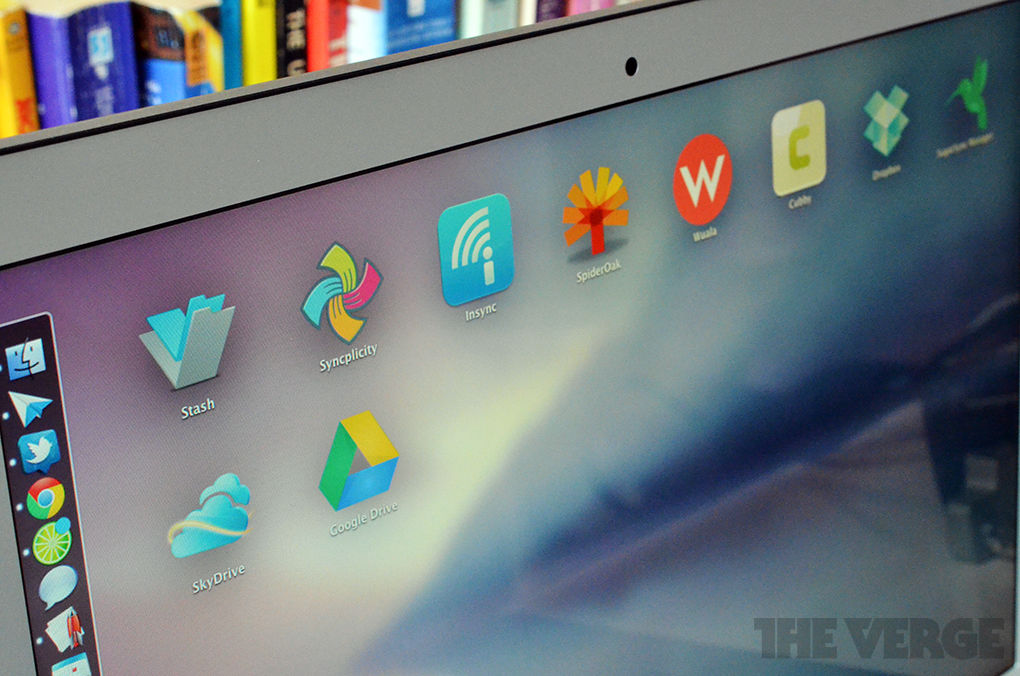
Google's very own "Loch Ness monster," also known as Google Drive, has finally launched.
It's the new face of Google Documents, and it's also Google's
oft-rumored Dropbox-killer. It enters a scene crowded with competitors
besides Dropbox that let you sync multiple folders, collaborate with
friends, and stream data to your mobile device — so how does Drive fare?
We'll take a look at the top apps that let you sync files between all of your devices automatically, share files using password protection, pick which folders you want to sync, and do anything else you might want to do with a syncing app. While our evaluations of each app aren't full-on reviews, they are encapsulations of where each app excels and what makes each unique. Refer to the chart at the bottom of the page for full breakdowns of each application.
We'll take a look at the top apps that let you sync files between all of your devices automatically, share files using password protection, pick which folders you want to sync, and do anything else you might want to do with a syncing app. While our evaluations of each app aren't full-on reviews, they are encapsulations of where each app excels and what makes each unique. Refer to the chart at the bottom of the page for full breakdowns of each application.
Google Drive
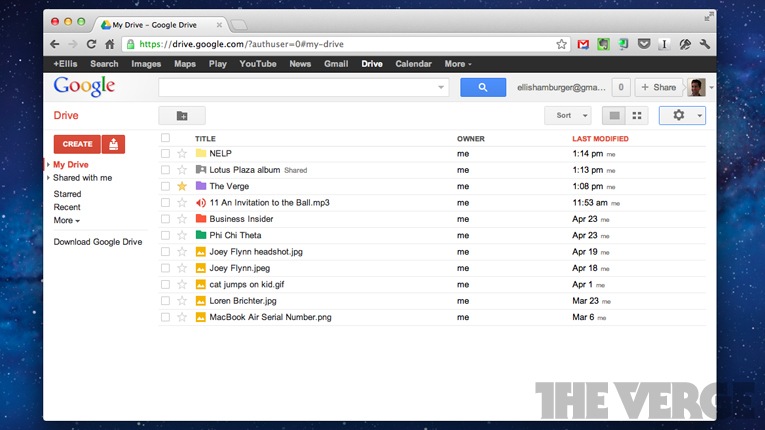
In terms of everyday use, Drive offers the same drag-and-drop syncing as Dropbox, and lets you pick which folders inside Drive you want to sync from within the desktop app. Also like Dropbox, you cannot pick other folders on your computer to sync to Drive. In this way, Drive's real strengths lie on the web and with the features we previously mentioned. It'll also tie right in to Google+, Gmail, Android, and other Google services that will let you drop-in or upload files (almost like you might with attachments inside Sparrow for Mac, which can instantly upload attachments to CloudApp). Additionally, Drive features a built-in document editor on par with Microsoft's online Office suite that's part of SkyDrive. You can't yet use Drive with multiple Google accounts, which is a pain, but we'd expect that feature in due time.
Drive launches on the web, for Mac, Windows, and Android devices today, with iOS support on the way "in the coming weeks." The Android app (which replaces Google Docs) won't stream your content, however, unlike some competitors like Dropbox and SugarSync. For a full hands-on of Google Drive, click here. Drive comes with 5GB of storage free, with generous upgrade options like $2.49/month for 25GB of extra storage and $4.99/month for 100GB of storage. Pricing: 25GB for $2.49/month; 100GB for $4.99/month; 200GB for $9.99/month; more options from Google.

Dropbox
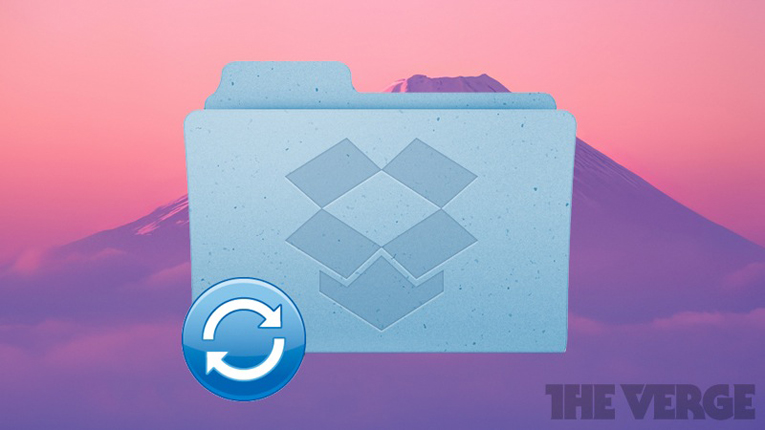

SugarSync


Insync
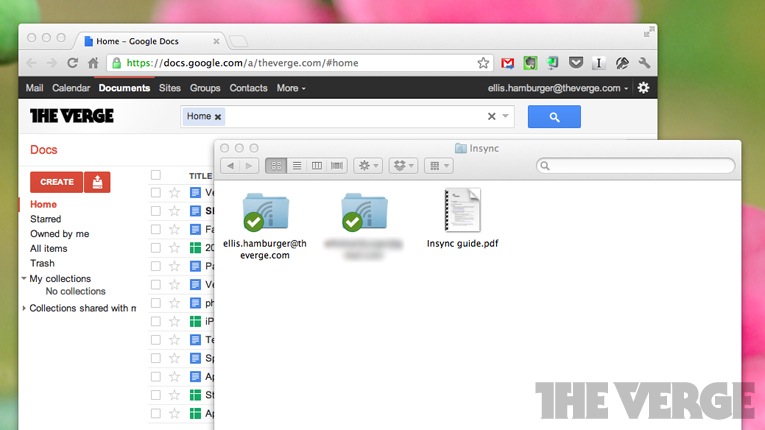
The first time you open the app, you won't even see an application screen. Instead, you're popped into a Google permissions screen online, an indication of how closely Insync is tied with Google. Once you initiate a sync, all of the Google Docs crap you've ever opened will get downloaded to your computer. One cool feature is that unlike Drive, Insync will automatically convert your files into formats (like .doc) that you can read on your computer. Drive syncs Docs to your computer as web shortcuts. In fact, you might want to use Insync solely as a file manager for your Google Docs files since it lets you drag-and-drop things around between folders (labels in Google Docs). Move files within these folders and the next time you check Google Docs, the file will have switched labels. In the end, Insync is a great solution for syncing files to and from your Google Docs account, but doesn't let you sync much else. Also, the company's mobile apps are in private beta, which means you can't use them just yet. Pricing: 25GB for $2.49/month; 100GB for $4.99/month; 200GB for $9.99/month; more options from Google.

LogMeIn Cubby


Apple iCloud
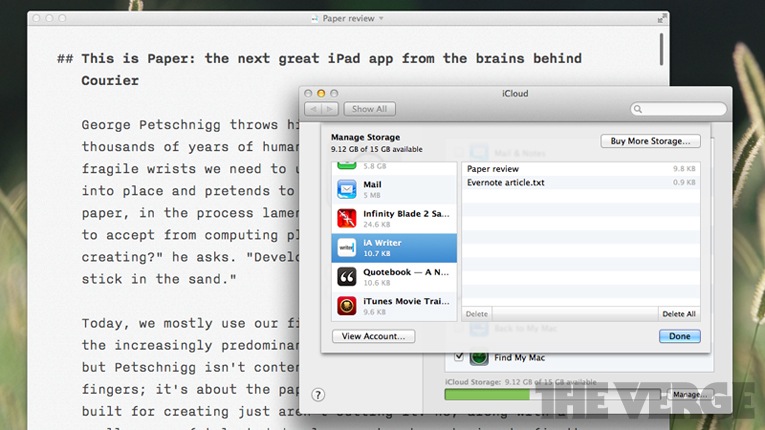

SkyDrive
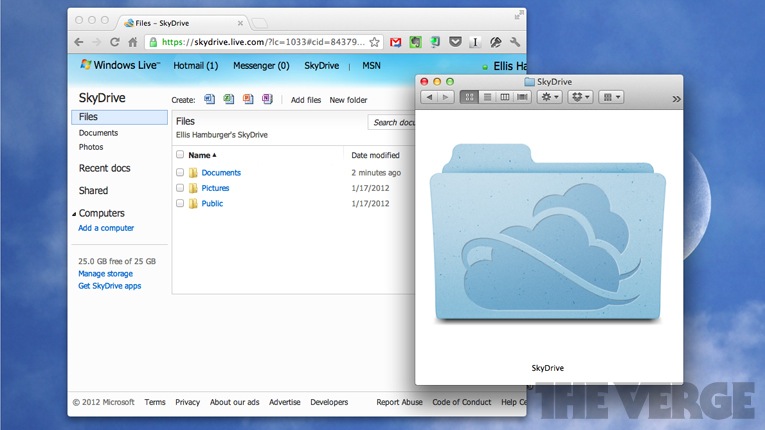
SkyDrive also lets you share public links, view-only private links, and view/edit private links, which is nice to have. Unfortunately, there's no sharing yet from the Mac app and you can't download items for offline viewing on all mobile platforms. But as a whole, In the end, SkyDrive makes for an extremely well-rounded entry — especially if you forgot to sync something with it. If your home PC is turned on, you can still access all your files using SkyDrive's "Fetch" feature. Pricing: additional 20GB for $10/year; additional 50GB for $25/year; additonal 100GB for $50/year.

Mozy Stash
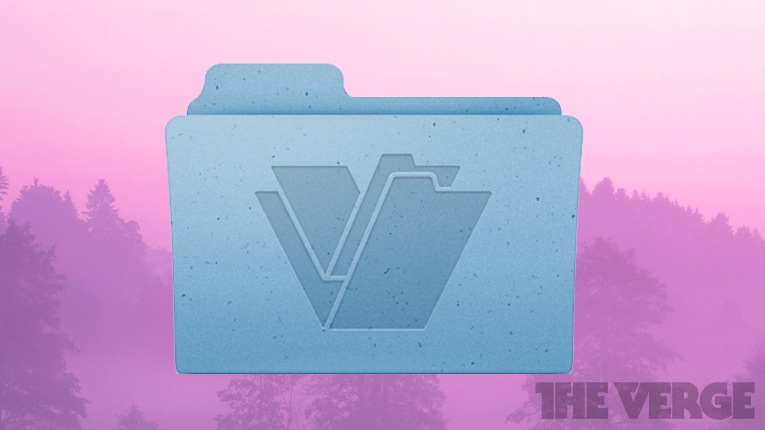

SpiderOak
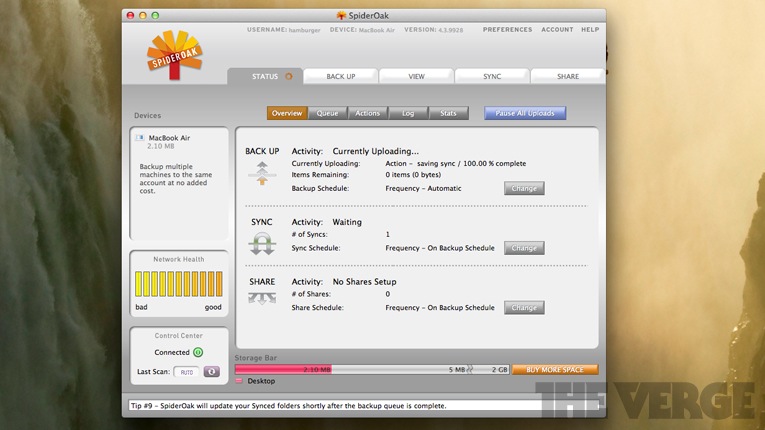

AVG LiveKive
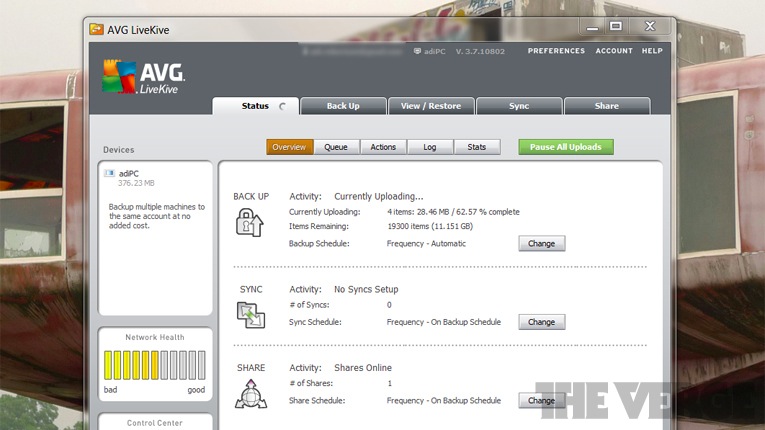

Wuala by LaCie
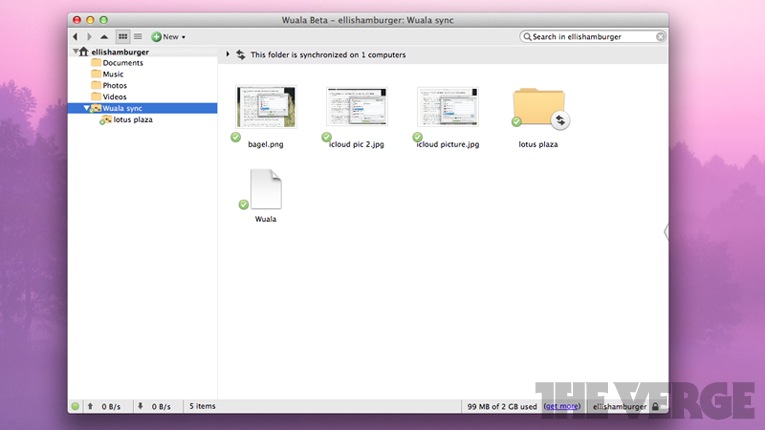

Box
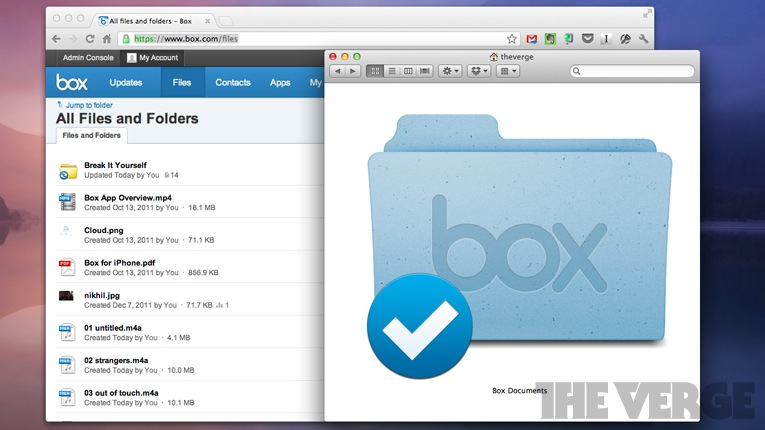

Syncplicity


Liner notes

No one sync solution is perfect, so we attempted to give a fair shot to every mainstream app we've heard of and could find online. So, we wanted to provide explanations for why two mainstream options were not included in our list. First, JungleDisk was not included primarily because there is no free way to use the service, and we've compared services that you can use free of charge (like Google Drive). The least expensive option is $3/month, which includes 5GB of storage — a lot compared to other services we looked at. Additionally, most of the apps we checked out offer mobile apps that have been updated recently, while JungleDisk's iOS app has not been updated since August 2010, almost two years ago.
Another option we skipped is AeroFS, a very cool new company that lets you "sync" files between computers as long as both computers are turned on. LogMeIn's Cubby provides a similar feature, but also includes traditional "sync to the cloud" capabilities, a baseline feature for our comparison. Thus, AeroFS, which cannot sync your files to "the cloud," was not included.
A third detail we want to mention has to do with the criteria we used to judge these apps. We didn't provide each app with a Verge Score, but did measure them in terms of criteria we came up with, which we submitted to each sync app's parent company. Data from our charts is a combination of points we deduced from using the apps and points we gathered from responses to the criteria we submitted to each company.
Also, a few clarifications:
Multiple folder sync: the ability to sync multiple folders outside of your primary sync folder. For example, SugarSync allows you to pick folders around your computer to sync, while Dropbox does not.
Download to mobile: "pin" files to mobile for offline use on all mobile platforms
Password-protected files: whether links you send out to others can be password-protected or not. Clearly all of these services offer password protection for accessing all of your files.
Bandwidth-throttling: this is a negative attribute, and corresponds to companies that admitted to throttling bandwidth when you upload large amounts of files.

No comments:
Post a Comment